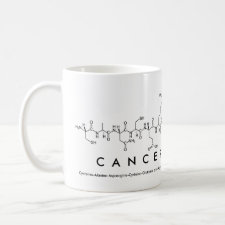
Authors: Salimraftar N, Noee S, Abdouss M, Riazi G, Khoshhesab ZM
Article Title: Three-level response surface full-factorial design: advanced chemometric approach for optimizing diclofenac sodium-imprinted polymer.
Publication date: 2014
Journal: Polymer Bulletin
Volume: 71
Issue: (1)
Page numbers: 19-30.
DOI: 10.1007/s00289-013-1042-9
Abstract: The present research work was undertaken to optimize the template:monomer:cross-linker ratio of the diclofenac sodium block molecularly imprinted polymer with respect to the molecular recognition properties. A three-level full-factorial design was employed. This is of great interest because applying this approach instead of traditional methods would be expected to improve validation of the optimum and consumed time. Imprinted polymers with selected ratios and the control polymers were synthesized by precipitation polymerization method and the values of rebind capacity and imprinting factor calculated after performing batch rebinding experiments. The predicted optimum ratios of (1:8:40) and (1:4:40) were found by applying the three-dimensional surface plots for rebind capacity and imprinting factor. The optimized imprinted polymers and their control polymers were produced. These polymers were evaluated using equilibrium binding experiments and finally the optimum molar ratio of (1:8:40) chosen. Batch rebinding experiments were carried out to evaluate the binding and selectivity properties of the optimized polymer. A heterogeneous nature of the binding sites was found based on the Scatchard plot. The selectivity study of imprinted polymers demonstrated a 24 % cross-reactivity towards meclofenamate sodium, but less than 2 % towards fenoprofen calcium
Template and target information: diclofenac sodium
Author keywords: molecularly imprinted polymer, diclofenac sodium, Design of experience, Chemometric, ANOVA



Join the Society for Molecular Imprinting

New items RSS feed
Sign-up for e-mail updates:
Choose between receiving an occasional newsletter or more frequent e-mail alerts.
Click here to go to the sign-up page.
Is your name elemental or peptidic? Enter your name and find out by clicking either of the buttons below!
Other products you may like:
 MIPdatabase
MIPdatabase









